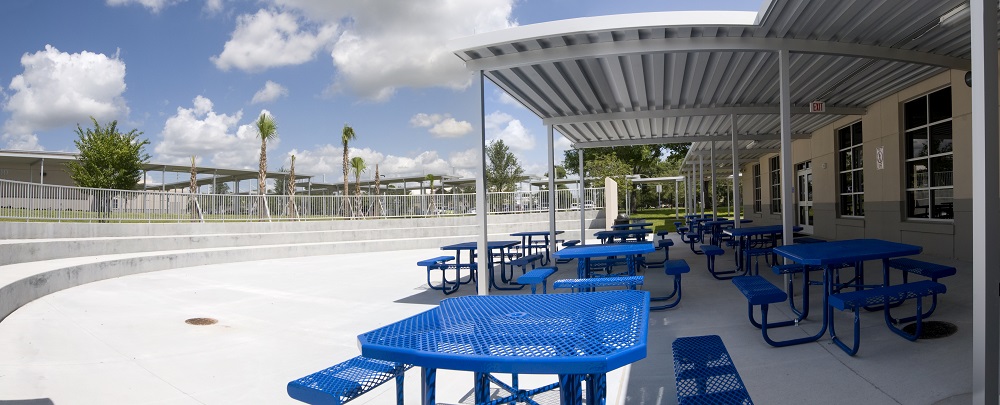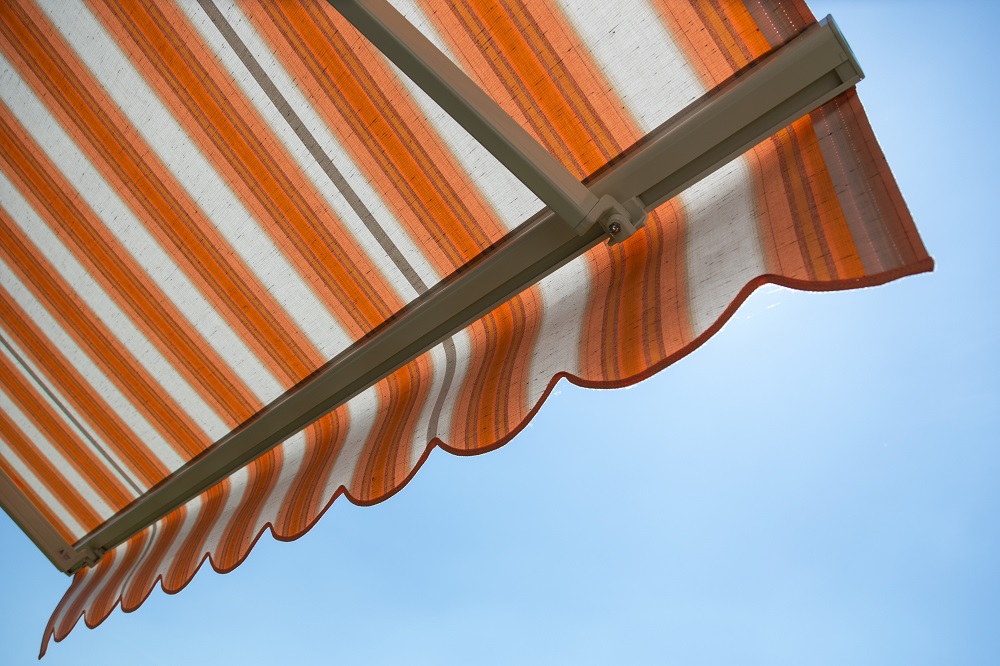One of the most basic needs of the human race is shelter, and for the most part of history human beings have relied on nature to provide protection against the elements. But one of the most basic techniques for shading and shelter is the awning.
Those canvas, tent-like things above the windows that you see are called awnings, and they have a very interesting history. While we’ve often come up with many interesting and useful tools for staying in the shade, the awning had a little rougher of a journey to get to where it is now, due to limitations of both design and materials.
The retractable awning that you know didn’t become a possibility until the middle of the 20th century, but there was evidence that we’ve always thought that having a little shade over our heads (and the accompanying ingenuity that led us to invent them) existed well before any restaurant thought of using them.
Here are some examples of the times in history where this shade provided, and what the future looks like for this handy fixture.
Rome’s velarium
All of us have some idea of the famous Colosseum in Rome: a giant stage and a technological wonder if its time, it was the precursor to the world-famous football stadiums and theatres that we know today. However, if you think about it a little more, the Colosseum was open air, and seated thousands of people – how did the audience manage the heat and the cold?

With their trademark cleverness, we now know that the Romans employed a system called a velarium – a massive mechanical system of retractable shades that they used to shield onlookers from the glaring sun. While the exact way that this system was constructed is unclear, enough written and anecdotal evidence exists of this advanced, yet practical form of shading.
19th-century sails
With the advent of the steamship in the 19th century, the traditional method of ship propulsion – mainly sails – were more or less rendered obsolete in the biggest vessels. Faced with the loss of their biggest market, the biggest sail and canvas manufacturers started to turn to the awning industry.
With their natural talent in metalwork and construction, it was easier than expected to enter into the bare necessities needed to create awnings. Demand followed after the steamships that put them out of business started importing their products, and soon enough, most houses and storefronts had some form of awning by the end of the century.
Late 19th century to the present
As the times progressed, the attention turned from building awnings to optimizing their design and material. Better mechanical systems (and downgrading the cost so the vast majority of the public can start buying) made steel the better choice for awnings in the market, opening up new avenues for innovation and trade.
The development of new material such as polymerized and hydrophobic canvas material made the actual shade itself more useful than just keeping out the sun. Today’s awnings today can now be retracted with a push of a button or outfitted with solar cells to generate power – innovations that signal that the awning is still evolving.




